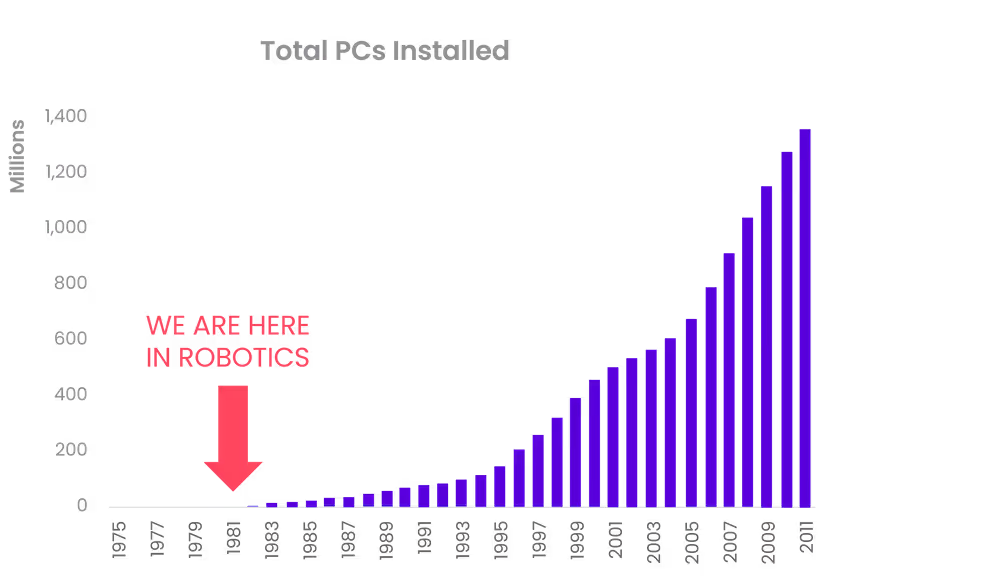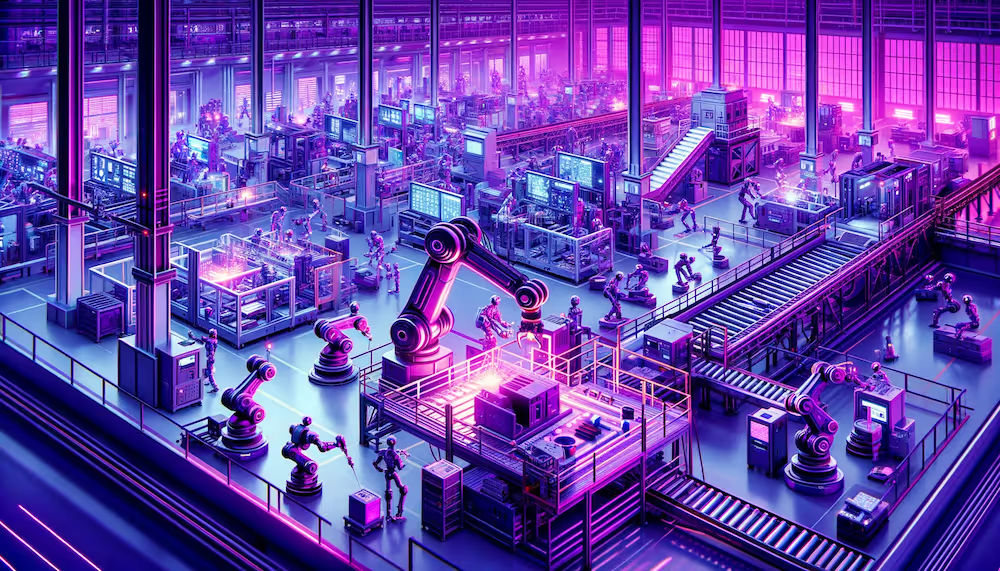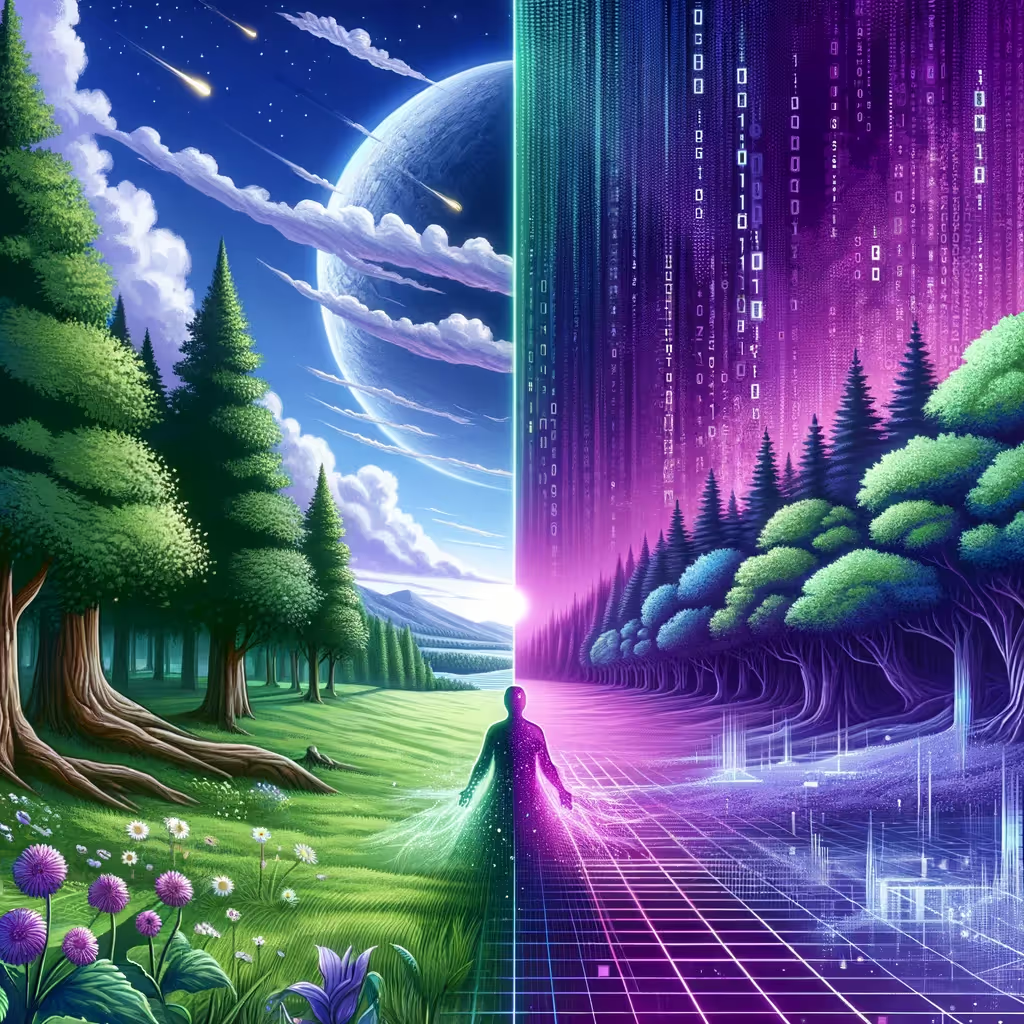Listen now
In the fast-changing world of industrial technology, the convergence of digital and physical technologies has become a defining force, ushering in a new era of innovation and transformation. This shift blurs the lines between the tangible and the virtual, creating a relationship that’s reshaping industries. At NGP Capital, I've seen firsthand the major impact of this convergence on the industrial tech sector. In this piece, I’ll delve into the details of this shift, with a focus on deep tech, robotics, and NGP Capital’s Convergence Thesis.
Deep tech in industrial tech
From robotics to space tech, deep tech applications are revolutionizing how we interact with the physical world. Robotics’ ability to automate complex tasks and space tech’s exploration of new frontiers are at the forefront of this revolution. The convergence of digital and physical technologies manifests tangibly in the industrial sector, with the "digital twin" as a descriptor for this synergy. This virtual representation of physical objects allows for unprecedented levels of monitoring, control, and optimization and is unlike anything we’ve seen in another industry.
Industrial tech and hardware integration
At the heart of industrial tech is the integration of hardware and software. Combining these two elements creates a seamless flow that enhances transparency and visibility in industrial processes. Examples of this new convergence in action include:
- Robots that understand natural language input rather than obscure programming language.
- Reducing or eliminating workplace injury, turning off forklifts before accidents, or giving real-time guidance on workflows enabled by AI monitoring workers' safety through existing CCTV infrastructure.
- Autonomous robots inspecting hazardous mining facilities, offshore wind farms, or forest fires keep workers safer.

The role of enterprise software cannot be overstated in this context, acting as the backbone that facilitates the seamless coexistence of digital and physical elements. Historically entwined with the industrial sector, data infrastructure, and connectivity become the root system of this convergence, enabling the efficient flow and utilization of information.
Talent Landscape in the Age of Automation
As the industrial tech sector undergoes this transformative journey, the talent landscape is also evolving. There is increasing demand for individuals with deep tech skills, leading to a labor shortage in these specialized fields. A 2021 study by the Manufacturing Institute (MI) reports a projected 2.1 million unfulfilled jobs within the industry by 2030.
Automation, often viewed as a threat to traditional employment, is reshaping the nature of work. Robots are not merely tools but are seen as co-workers, augmenting human capabilities, and changing the dynamics of collaboration. FedEx, for example, launched an AI-powered robotics sorting system in 2022 to support its growing e-commerce demands while also filling gaps created by the labor shortage.
Another obvious example is how interface technologies shift, where natural voice interactions or low/no-code replace traditional programming methods. The era of requiring a professional with decades of programming experience is giving way to intuitive interfaces supported by ChatGPT and the quickly growing pace of generative AI. The endless possibilities hint at a future where the evolution of digital and physical technologies in industry reaches unprecedented heights. As we navigate these uncharted territories, the great convergence remains the driving force behind a reimagined industrial tech landscape.
The impact of convergence on deep tech
Deep tech propels the three elements of convergence: interaction, infrastructure, and experience. Artificial Intelligence (AI), Augmented Reality (AR), and Virtual Reality (VR) are the trailblazers in this realm, seamlessly blending the digital and physical realms. AI enhances human-machine interaction, making it more intuitive and efficient. AR and VR redefine the user experience, offering immersive interfaces that bridge the gap between the physical and digital worlds.
Looking ahead
As we reflect on the transformative power of deep tech and convergence, it becomes clear that the relationship between the tangible and the virtual is not just a trend but a paradigm shift. We are standing at the beginning of a new industrial revolution, and the new technological foundation of infrastructure that enables everything is bridging the gap between physical and digital worlds, delivering new and better experiences for people.
The traditional barriers to entry, once defined by years of expertise, are crumbling, making room for a more intuitive and accessible era. Backed by ChatGPT and the wave of generative AI, natural voice interfaces are becoming the new standard, democratizing the power to shape the digital-physical interface. The great convergence of digital and physical technologies is a game-changer for the industrial tech sector. As we look ahead to 2024, the landscape will continue to evolve, with new trends shaping the industry.

.svg)






.svg)









